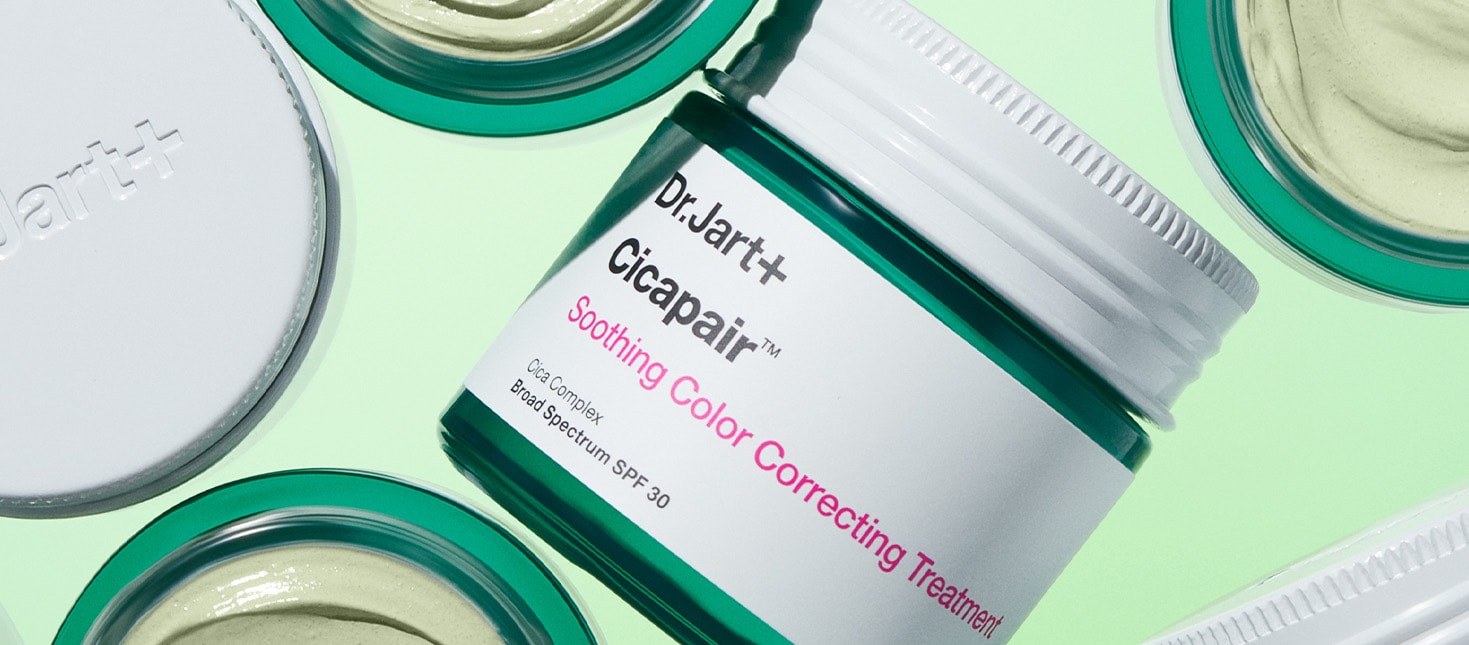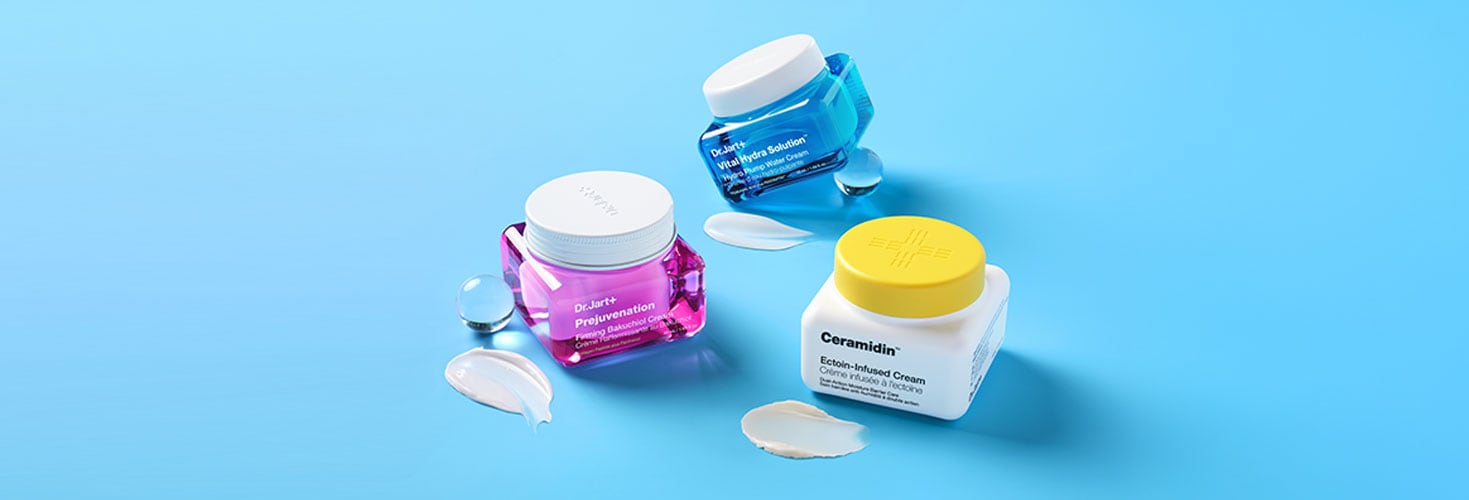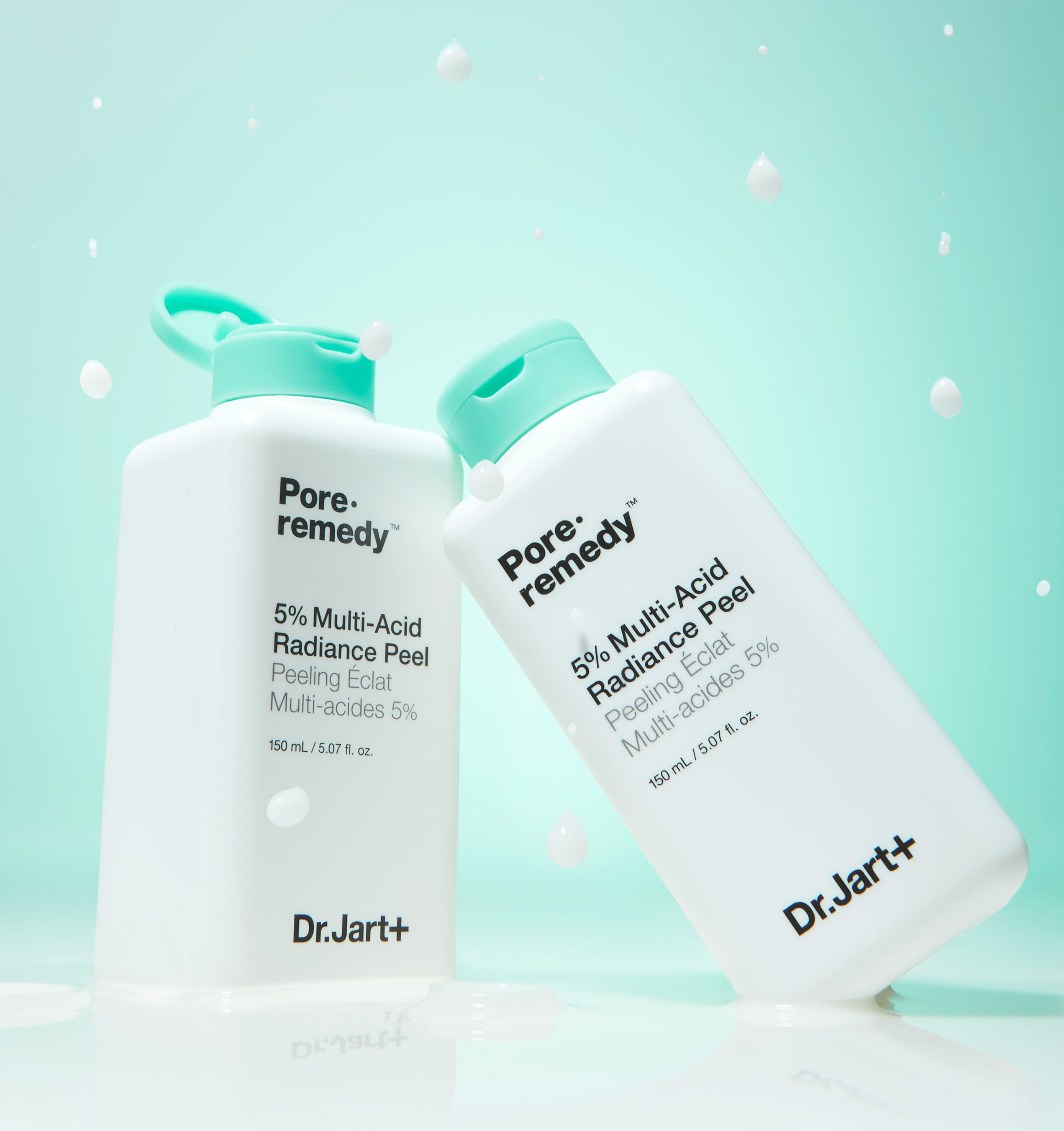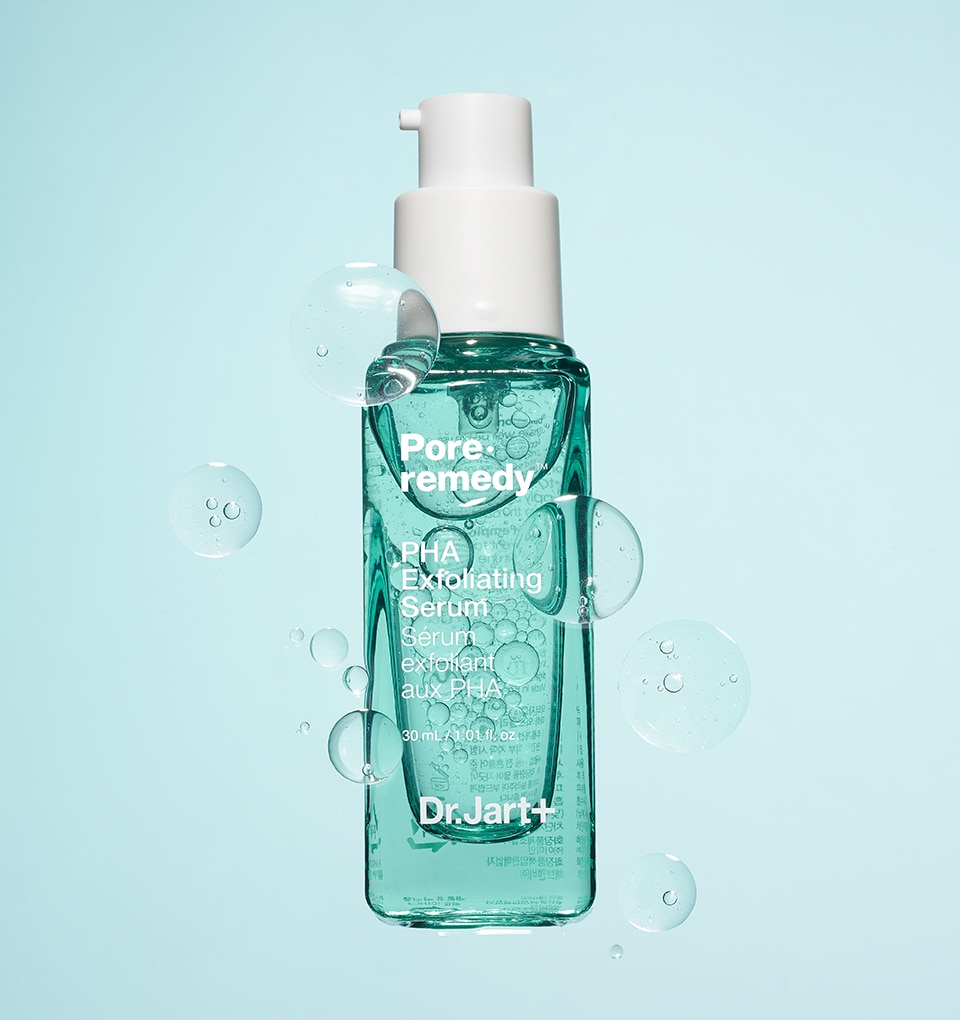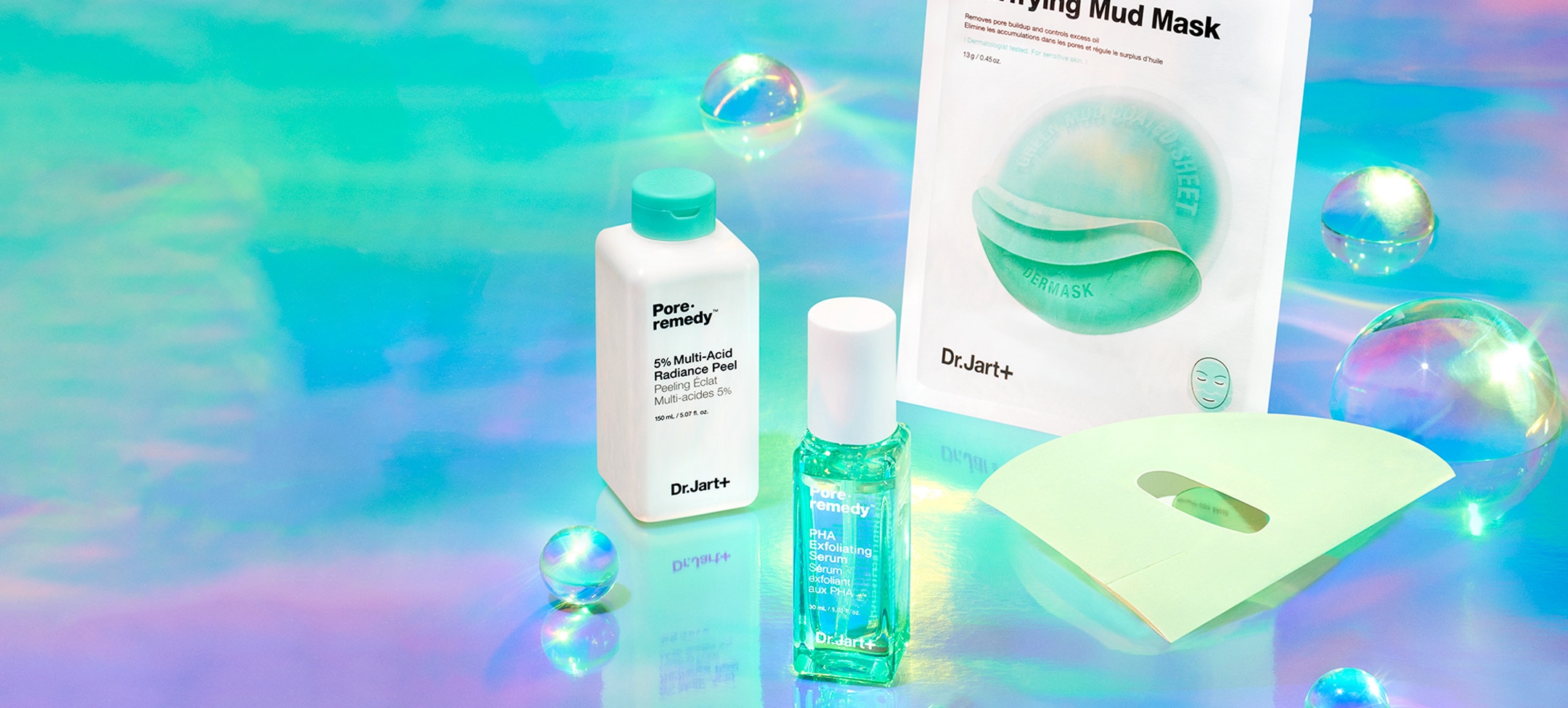
What you need to know about
exfoliating your skin.
What you need to know about exfoliating your skin.
The Basics
What is exfoliating?
Exfoliating is a skincare step that helps remove dead skin cells from the outer layer of your skin. Your skin naturally sheds dead skin cells (a process known as desquamation), but exfoliating helps speed that process up.
How do I exfoliate my skin?
You can exfoliate your skin with chemical exfoliators such as PHAs, BHAs, and AHAs. You can also exfoliate your skin with scrub-like, granular ingredients like Sea Salt. Exfoliating tools like a dry brush, can also help you quickly slough away dead skin cells.
Why should I exfoliate?
When dead skin cells build up, they can make skin look dull and feel rough, clog pores and lead to blemishes and bumps. Regularly removing dead skin cells helps skin look bright, feel smooth and appear healthier.
Why do dead skin cells build up?
For lots of reasons! Age is a factor. As you get older, skin’s natural desquamation process slows down and can lead to a buildup of dead skin cells. Not cleansing your face well enough can leave pore-clogging buildup behind. Exposure to the sun and dry climates can lead to dry, dehydrated skin; and when skin’s natural oil and moisture balance is disrupted, its ability to shed dead skin cells can be impacted, too.
Should I exfoliate sensitive skin?
Anyone with sensitive skin can still get the skin-sloughing benefits of exfoliation. The key is to choose the right skincare products. Look for exfoliating skincare with ingredients that are known to be gentle on skin and hydrating. PHAs (short for Polyhydroxy Acid) are a class of chemical exfoliators that help resurface and retexturize skin by speeding up cellular turnover. PHAs have a larger molecular size than both AHAs and BHAs so they don’t penetrate the skin as deeply and absorb at a slower rate which make them a better option for sensitive skin. They are also a humectant which means they help attract water to skin.
The Regimen
Now that you know why exfoliating the face is a must, let’s talk regimen. Depending on your skin type and skin goals, you can incorporate a face exfoliator into your regular skincare regimen two to three times a week, or every day. Introduce an exfoliating mask to your lineup after cleansing and toning to help decongest pores, decrease blackheads and smooth skin. You can add an exfoliating face peel formulated with AHAs and BHAs to help dissolve skin-dulling dead skin cells and give you brighter, more radiant skin. Squeeze one into your regimen a few times a week at night before applying moisturizer. If you have a serum that you already love, you can add an exfoliating face serum in to give you consistent skin-sloughing benefits. Apply the thinner serum first, then the thicker one. If you are using an exfoliating face product with a chemical exfoliant such as glycolic acid, AHAs, BHAs or PHAs, slather on sunscreen every few hours as skin will be more sensitive to the sun.
